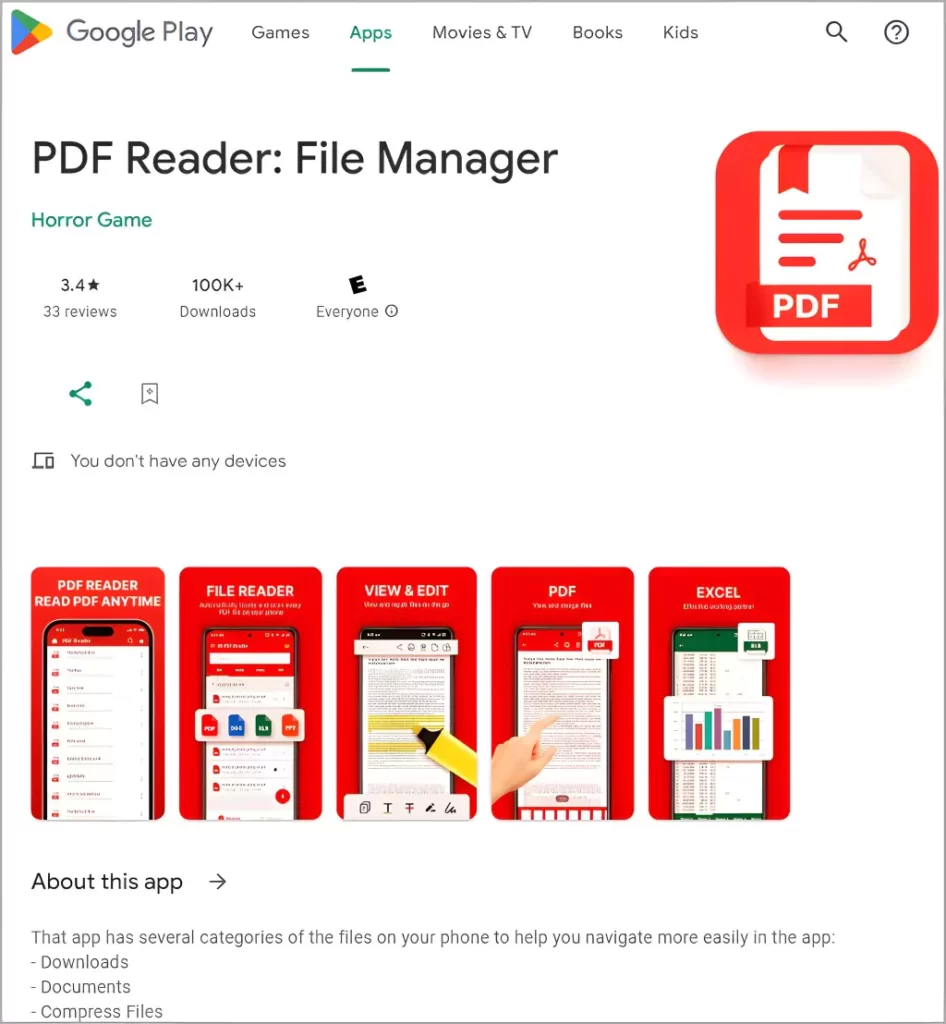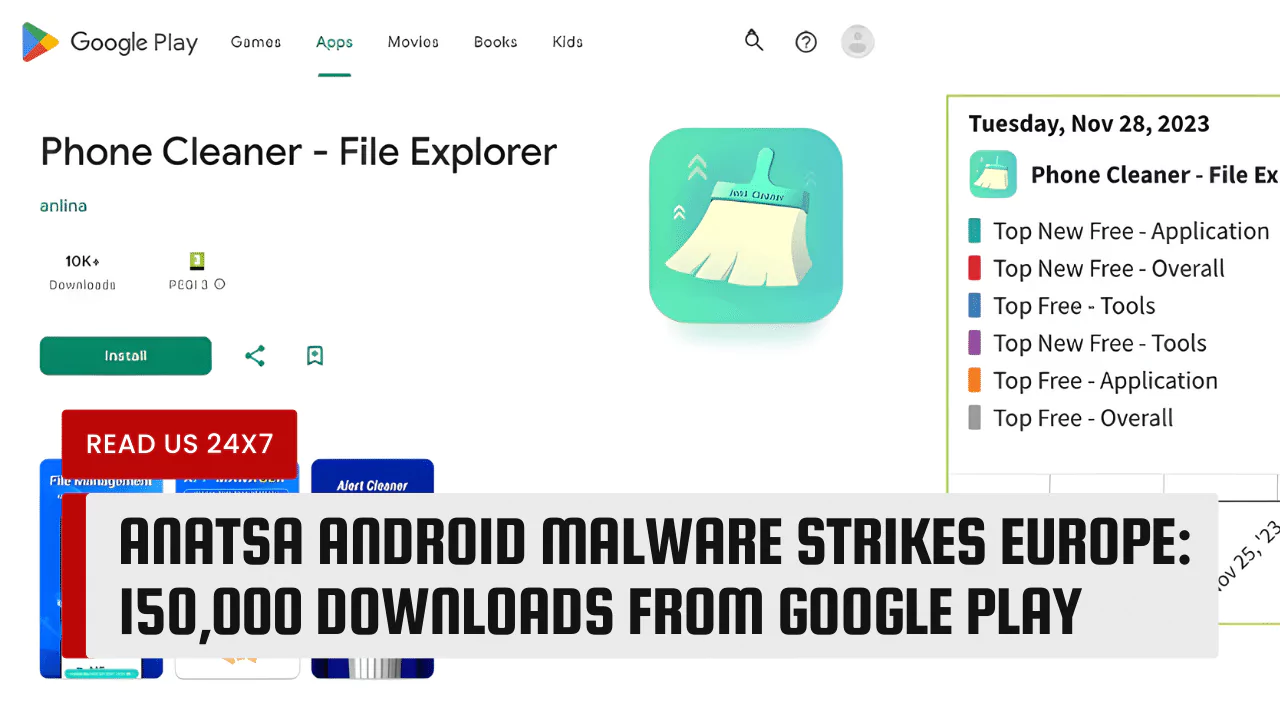The Anatsa banking trojan has emerged as a significant threat to Android users in Europe, with over 150,000 downloads from Google Play. This malware has been targeting users across several European countries, posing serious risks to personal and financial security.
The Rise of Anatsa Android Malware
Downloads from Google Play
The Anatsa malware has infiltrated Android devices through malicious dropper apps hosted on Google Play. Security researchers have observed five distinct campaigns over the past four months, each tailored to deliver the malware to users primarily in the UK, Germany, Spain, Slovakia, Slovenia, and the Czech Republic. These campaigns have collectively resulted in at least 150,000 infections.
Targeted Countries
The targeted countries indicate a deliberate effort by the attackers to focus on specific geographic regions, maximizing the impact of their malicious activities. By distributing the malware through Google Play, the attackers exploit the platform’s credibility, increasing the likelihood of successful infections.
Bypassing Google Play Security
Anatsa’s dropper apps have evolved to implement sophisticated techniques to bypass security measures present in Android devices. They now utilize a multi-staged infection process and abuse Android’s Accessibility Service to circumvent security protocols, even in the latest versions of the mobile operating system.
The Danger of Anatsa Android Malware
Potential Data Breaches
The proliferation of Anatsa poses significant risks of data breaches and financial fraud. Once installed on a device, the malware can potentially access sensitive information, including banking credentials, personal data, and other confidential information stored on the device.
Credential Theft
Anatsa operates as a banking trojan, designed to steal financial credentials and facilitate fraudulent transactions. By compromising user accounts and financial information, the malware enables attackers to conduct unauthorized transactions and commit identity theft, leading to substantial financial losses for victims.
Steps to Protect Against Anatsa Android Malware
Regularly Update Devices and Apps
Keeping devices and apps updated with the latest security patches and software releases is crucial to mitigating the risk of malware infections. Updates often include security enhancements and patches to address known vulnerabilities, reducing the likelihood of exploitation by malware such as Anatsa.
Use Trusted Security Software
Deploying reputable antivirus and security software can provide an additional layer of defense against malware threats like Anatsa. These programs offer real-time protection, malware detection, and removal capabilities, helping users identify and eliminate malicious software before it can cause harm.
Be Wary of Suspicious Apps
Exercise caution when downloading and installing apps, especially from third-party sources or unfamiliar developers. Prioritize apps from reputable publishers with a proven track record of delivering secure and reliable software. Scrutinize app permissions and avoid granting unnecessary access to sensitive device features, particularly those related to the Accessibility Service, which can serve as a vector for malware attacks.

Currently, Google has removed all Anatsa dropper apps from the official Android market, except the PDF Reader, which remains accessible.
By adopting proactive security measures and staying vigilant against emerging threats like Anatsa, Android users can safeguard their devices and personal information from malicious actors operating in the digital landscape.



